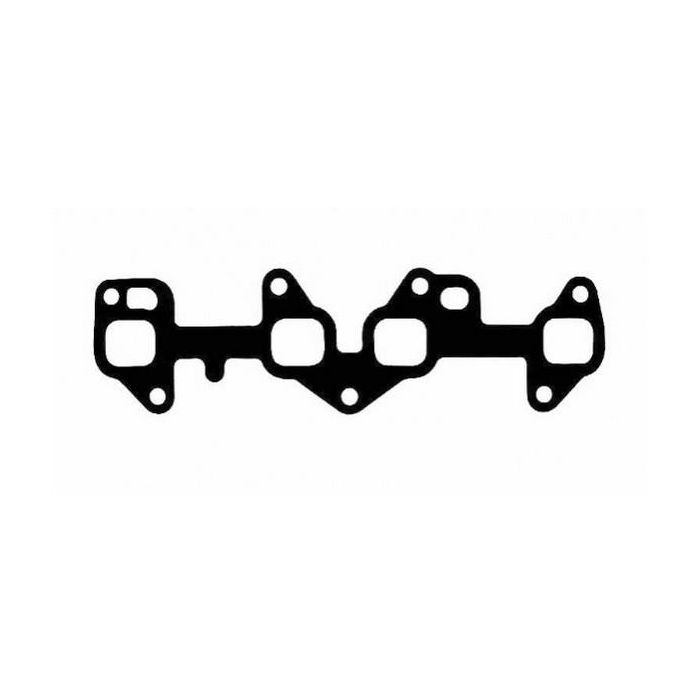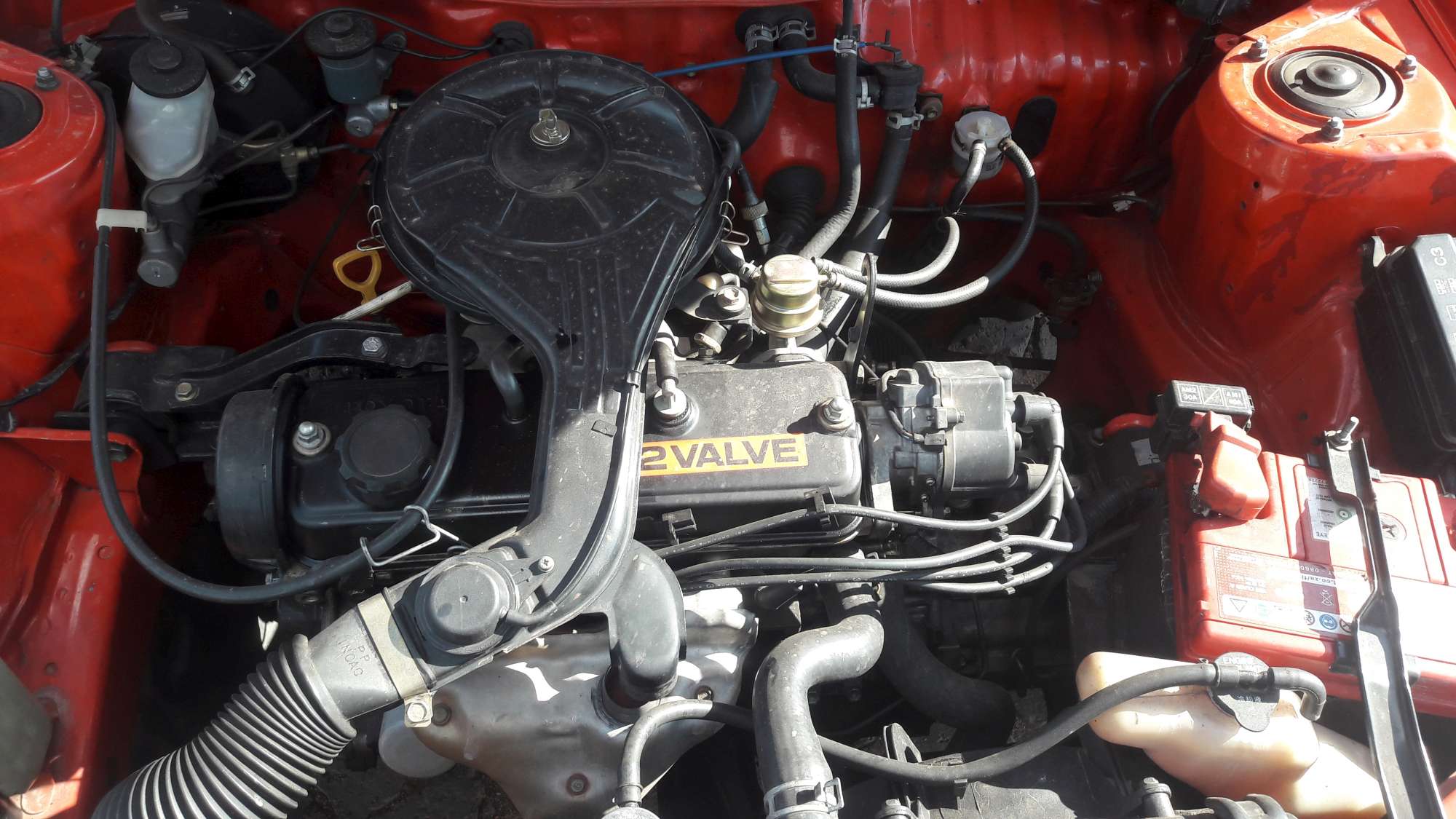How the Toyota Tazz Became a Staple in the Compact Car Market
How the Toyota Tazz Became a Staple in the Compact Car Market
Blog Article
Explore the Most Recent Fads in Engine Technology With Tazz
In the quickly evolving landscape of auto technology, Tazz stands at the forefront, highlighting substantial improvements in engine systems that focus on both advancement and sustainability. From hybrid engines that optimize fuel efficiency to the appearance of hydrogen fuel cells, the patterns shaping modern-day powertrains are not just boosting efficiency but likewise dealing with important ecological difficulties.
Hybrid Engine Innovations
Crossbreed engine innovations stand for a critical change in auto innovation, integrating the advantages of interior burning engines with electrical propulsion systems. This combination not just enhances gas performance but additionally decreases emissions, meeting increasingly strict ecological laws. By using both power sources, hybrid engines can optimize efficiency, supplying power when needed while conserving fuel during less requiring driving conditions.
Recent improvements in crossbreed innovation consist of enhancements in battery efficiency and regenerative stopping systems. These advancements enable higher power recovery throughout slowdown, which can be rerouted to help in acceleration or power auxiliary systems. Manufacturers are concentrating on compact styles and lightweight products to optimize the performance of hybrid powertrains.
The growth of plug-in hybrids has likewise broadened the market, enabling drivers to bill their automobiles making use of common electric outlets. This attribute commonly permits substantial all-electric range, more lowering dependancy on standard fuels. tazz. As the automobile market proceeds to progress, hybrid engine innovations are expected to play an essential duty in connecting the gap in between traditional lorries and fully electric designs, providing a transitional remedy that accommodates diverse customer needs and choices
Advancements in Electric Powertrains
The automobile landscape is quickly developing, with electric powertrains becoming a leading force in sustainable transport. Breakthroughs in electrical vehicle (EV) modern technology are significantly improving customer, performance, and efficiency experience. Key technologies consist of renovations in battery chemistry, which have enhanced power thickness, decreased charging times, and prolonged general battery life.
Solid-state batteries, as an example, guarantee to transform the market by giving better security and performance compared to typical lithium-ion cells. Furthermore, innovations in regenerative stopping systems are enabling vehicles to recuperate energy throughout deceleration, adding to overall effectiveness.
Along with battery modern technology, electric motor designs are coming to be a lot more innovative. Technologies such as integrated electric motors and progressed thermal management systems are assisting to optimize power delivery and decrease weight, eventually enhancing car dynamics.

Collectively, these advances emphasize the commitment to shift towards cleaner, more effective transport solutions, placing electrical powertrains at the center of vehicle technology.
The Surge of Hydrogen Fuel Cells
Significantly, hydrogen gas cells are gaining traction as a sensible option to traditional interior burning engines and battery electric lorries. This modern technology takes advantage of the chemical energy saved in hydrogen, transforming it into electrical energy via an electrochemical response with oxygen. The key byproduct of this process is water, making hydrogen gas cells an eco-friendly alternative with no emissions at the tailpipe.

Automakers are increasingly purchasing hydrogen fuel cell innovation, identifying its capacity for long-range applications and quick refueling capacities that rival traditional gas. In addition, markets such as heavy-duty transport and public transportation are particularly appropriate for hydrogen fuel cells, where battery electrical services may fall short because of weight and array limitations.
As research and financial investment proceed to increase, hydrogen gas cells are poised to play a substantial function in the future landscape of tidy transport and energy remedies.
Enhancements in Internal Combustion Engines
Innovations in internal burning engine (ICE) modern technology are changing traditional lorries to meet contemporary ecological criteria and efficiency assumptions. Straight gas injection, for instance, allows for better atomization of fuel, leading to even more complete burning and boosted power output.
Furthermore, turbocharging has actually gotten importance, enabling smaller sized engines to provide greater efficiency without the weight of bigger engines - tazz. This modern technology not only improves effectiveness however likewise adds to reduce gas consumption. Variable valve timing systems are additionally being improved, allowing engines to adjust to different driving conditions for enhanced torque and responsiveness
Additionally, using lightweight materials in engine building is becoming conventional, further boosting gas efficiency by reducing overall lorry weight. Engine control devices (ECUs) are increasingly innovative, enabling real-time modifications that enhance performance and emissions.
These enhancements collectively indicate a crucial shift in ICE technology, straightening with international sustainability objectives while still supplying the efficiency chauffeurs anticipate from their lorries. As the market advances, these improvements continue to form the future of typical automotive design.
Future Fads in Engine Performance
Significant advancements in engine efficiency are anticipated as look here suppliers concentrate on incorporating innovative modern technologies to fulfill rigid environmental regulations and customer check here needs. The change in the direction of electrification, hybrid systems, and different gas is improving the automotive landscape, driving innovations that boost gas economic situation and decrease discharges.
One of the essential trends is the execution of sophisticated materials and manufacturing methods. High-strength alloys and light-weight compounds contribute to reduced vehicle weight, thus boosting total efficiency. Furthermore, the adoption of turbocharging and variable valve timing technologies permits enhanced power output from smaller engines, further boosting gas economic climate.

Final Thought
Technologies in hybrid engine systems, electric powertrains, and hydrogen gas cells show a dedication to reducing discharges while enhancing efficiency. Improvements in inner combustion engines and a focus on lightweight products contribute to general engine performance.
From crossbreed engines that maximize fuel effectiveness to the introduction of hydrogen gas cells, the fads forming modern-day powertrains are not just enhancing efficiency but likewise addressing crucial environmental difficulties.Crossbreed engine innovations stand for a pivotal change in automobile innovation, combining the advantages of interior combustion engines with electrical propulsion systems.Additionally, turbocharging has actually gotten importance, allowing smaller sized engines to deliver greater efficiency without the weight of larger engines. In addition, the adoption of turbocharging and variable shutoff timing modern technologies allows for boosted power output from smaller sized engines, even more boosting fuel economic situation.
Enhancements in interior burning engines and a focus on light-weight products contribute to general engine performance.
Report this page